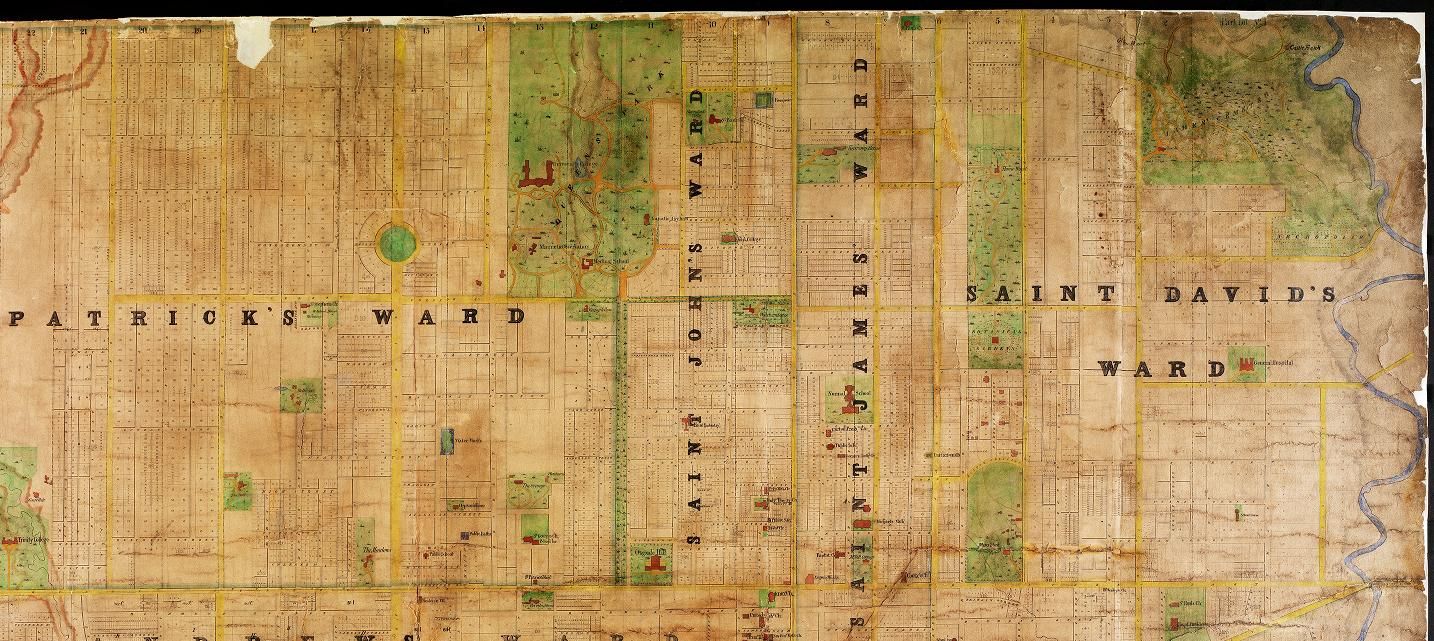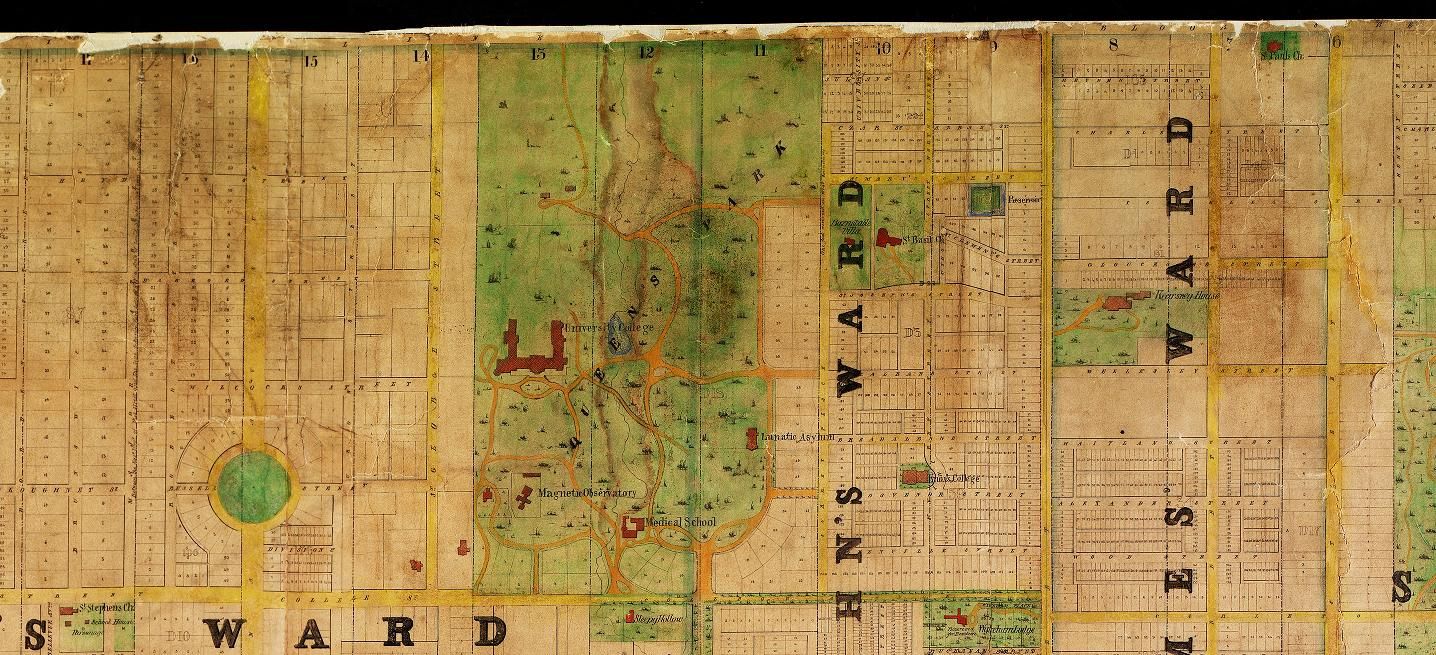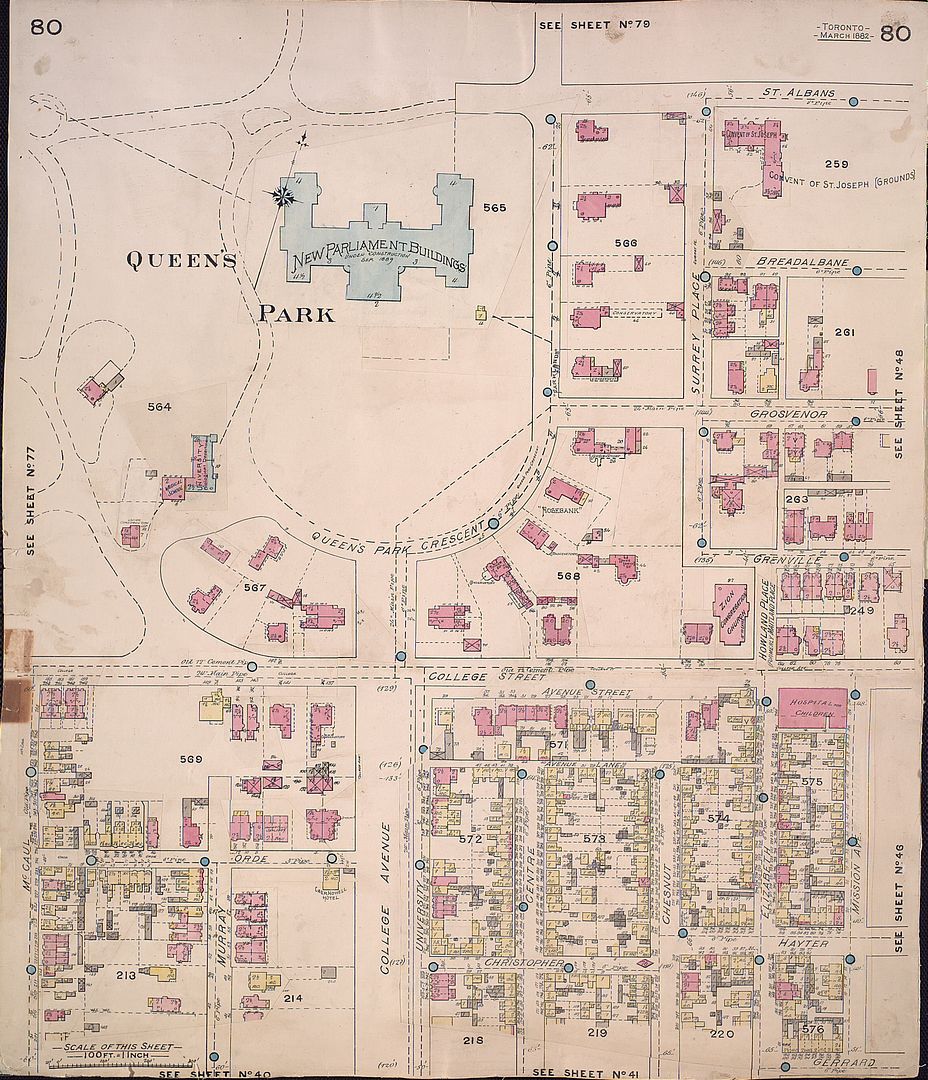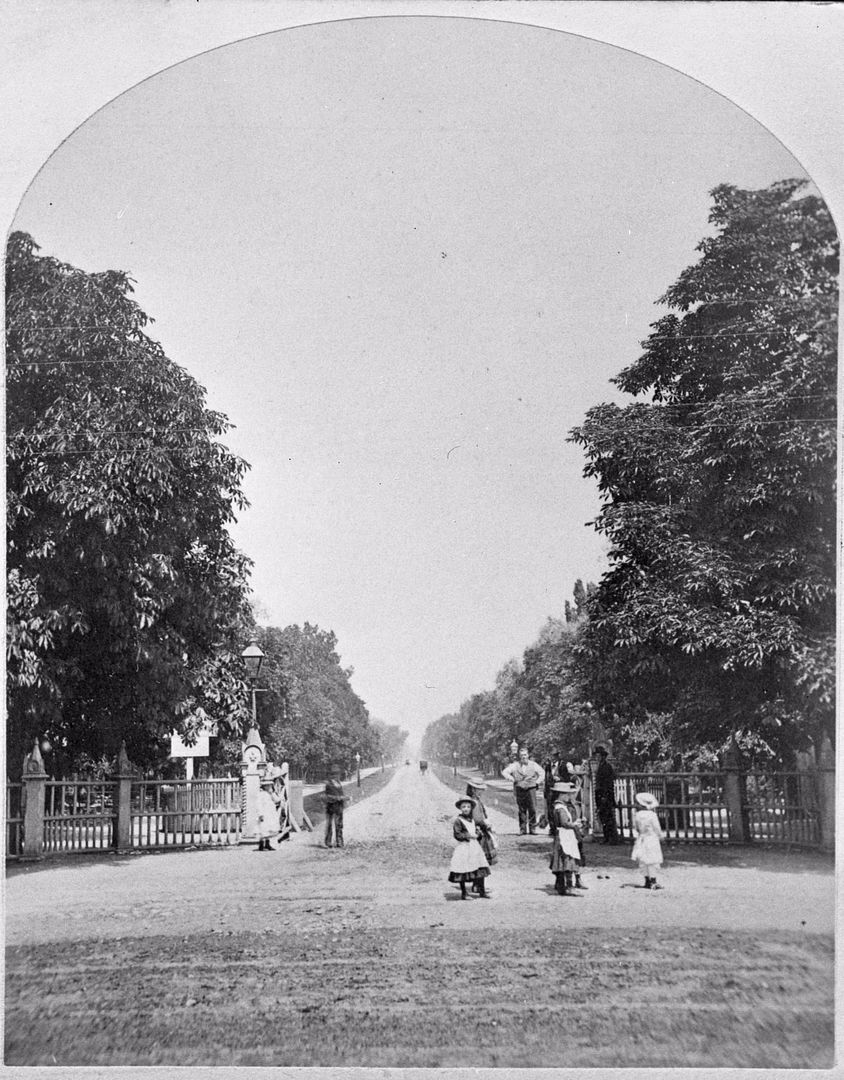FAC33
Active Member
There are plenty of Victorian suburbs and urban neighborhoods in New York, Boston, Philadelphia, Richmond and Louisville, KY. The city that actually has a very Toronto feel to its older residential architecture is Columbus, OH, which has preserved a large amount of homes directly adjacent to downtown. The architecture is less vertical and more "colonial" in feel, reflecting German rather than British building practices, and I wound up appreciating its pleasant, human scale and relative austerity in comparison to New York's dour acres of brownstones and bristling mansions.
Oddly enough, I'm originally from Columbus. You're referring to German Village and Victorian Village, and to some extent, Olde Town East. Olde Town East in particular (which would probably compare to our Annex or Jarvis St. in its heyday) has a claim to be called very early suburban, but today no one would call any of them suburbs.
The difference between Toronto and Columbus is size and survival rates. All three of these areas in Columbus suffered from interstates coming through; Old Town East was effectively split in two by I-71, and Victorian Village by the construction of I-670. Two of them went through significant periods of decline before rebounding--Olde Town East was effectively a slum and Victorian Village not much better . In contrast, Toronto has not lost any significant neighbourhood to construction of expressways, and as a result those areas that have declined stayed largely intact as neighbourhoods and the decline was less steep. I suspect the stories may be similar in many of the other US cities.










